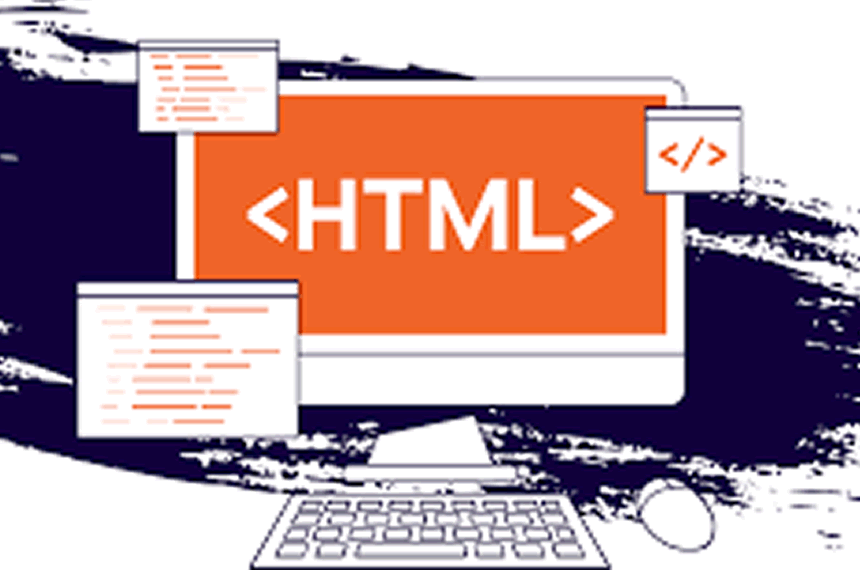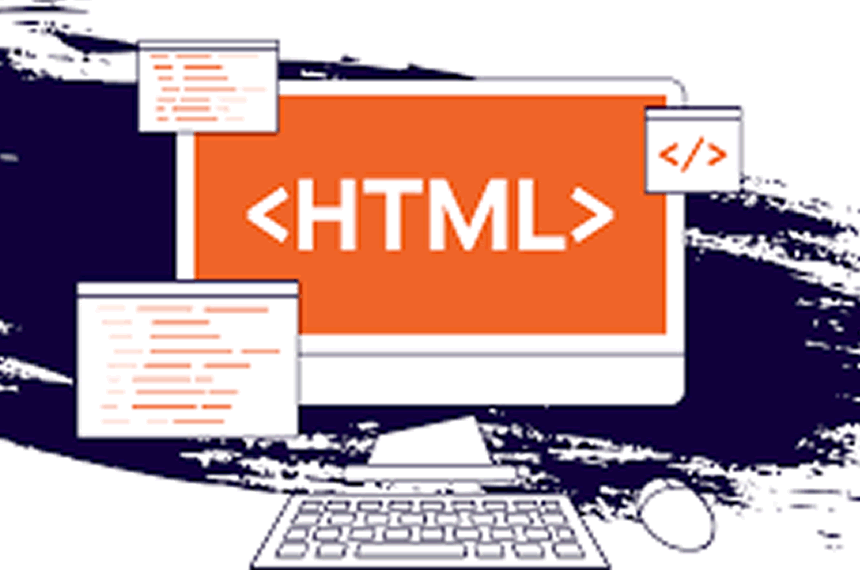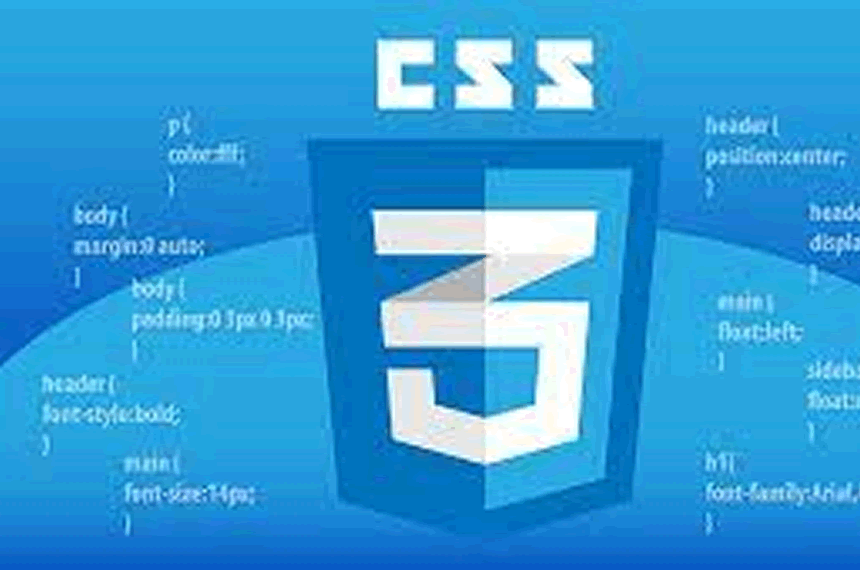
Mastering Responsive Web Design with HTML and CSS
Responsive web design has become a critical skill for web developers in an era where users access websites on a variety of devices, including smartphones, tablets, and desktop computers.
1. The Importance of Responsive Design
- Discuss the importance of responsive web design in the modern web development landscape.
- Explain how responsive design enhances user experience, SEO, and accessibility.
- Highlight the shift towards mobile-first design principles.
2. Getting Started with Responsive HTML and CSS
- Introduce the essential HTML and CSS components for building responsive websites.
- Explore the use of relative units (em, rem, and %) for flexible layouts.
- Discuss CSS media queries and how they allow styling adjustments based on screen size.
3. Fluid Grid Systems and Flexible Layouts
- Explain the concept of a fluid grid system for building responsive layouts.
- Walk through the creation of responsive grid-based designs using CSS frameworks like Bootstrap or your custom grid system.
- Provide examples of how to design responsive columns, rows, and grids.
4. Media Queries: Breakpoints and Adaptations
- Dive deep into CSS media queries, breakpoints, and viewport units.
- Discuss the best practices for selecting appropriate breakpoints based on common device sizes.
- Show how to adjust CSS rules for specific breakpoints to optimize the user experience.
5. Flexible Images and Multimedia
- Explore techniques for making images and videos responsive.
- Discuss the use of CSS to make images scale proportionally.
- Introduce the "max-width: 100%" rule for ensuring multimedia content adapts to different screen sizes.
6. Mobile Navigation and Touch-friendly UI
- Cover responsive navigation menus and the implementation of mobile-friendly navigation patterns.
- Explain the creation of touch-friendly user interfaces with larger touch targets and swipe gestures.
- Provide examples of responsive navigation bars and hamburger menus.
7. Cross-browser Compatibility and Testing
- Address the importance of cross-browser compatibility in responsive design.
- Discuss testing tools and techniques for ensuring a consistent experience across different browsers and devices.
- Provide tips for troubleshooting and debugging responsive design issues.
8. Performance Optimization for Responsive Websites
- Highlight the importance of performance optimization for responsive sites.
- Discuss techniques like image optimization, lazy loading, and minification to enhance page load times.
- Introduce responsive images with the "srcset" attribute.
9. Case Studies and Best Practices
- Showcase real-world responsive design examples and case studies.
- Share best practices, tips, and resources for mastering responsive design.
- Discuss strategies for handling complex responsive design challenges.
Conclusion:
In the ever-evolving world of web development, mastering responsive web design is a valuable skill. This article has equipped you with the knowledge and techniques needed to create web experiences that adapt seamlessly to a variety of devices. Remember that responsive design is not just a trend; it's a necessity for providing users with a consistent and enjoyable online experience.





